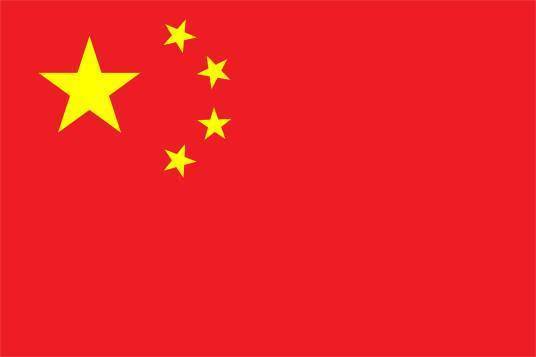In 2021, the non-ferrous metals industry operated relatively steadily
Release time:
2022-02-15
The Ministry of Industry and Information Technology recently released the operating conditions of the non-ferrous metals industry in 2021. In 2021, the non-ferrous metals industry overcame the adverse effects of repeated epidemics, seized the opportunities for recovery in both domestic and international markets, continued to deepen supply-side structural reforms, ensured the effective supply of industrial chains and supply chains, accelerated the intelligent, green, and high-end transformation of traditional industries, and the overall operation of the industry was stable.
Production increased steadily. According to data from the National Bureau of Statistics, in 2021, the output of ten non-ferrous metals reached 64.54 million tons, an increase of 5.4% year-on-year and an average annual increase of 5.1% over two years.
Price ran at a high level. According to statistics from the China Nonferrous Metals Industry Association, in 2021, the prices of major non-ferrous metals continued to run at a high level. The average spot prices of copper, aluminum, lead, and zinc were 68,490 yuan/ton, 18,946 yuan/ton, 15,278 yuan/ton, and 22,579 yuan/ton respectively, up 40.5%, 33.5%, 3.4%, and 22.1% year-on-year.
Import and export values increased significantly. According to data from the General Administration of Customs, in 2021, copper concentrate imports reached 23.404 million tons, an increase of 7.6% year-on-year, with an import value of US$56.76 billion, an increase of 55.6% year-on-year; imports of unwrought copper and copper products reached 5.529 million tons, a decrease of 17.2% year-on-year, with an import value of US$52.45 billion, an increase of 20.5% year-on-year; exports of unwrought aluminum and aluminum products reached 5.619 million tons, an increase of 15.7% year-on-year, with an export value of US$19.47 billion, an increase of 48.7% year-on-year.
In 2022, the non-ferrous metals industry will implement the spirit of the Sixth Plenary Session of the 19th Central Committee of the Communist Party of China, follow the requirements of the Central Economic Work Conference, adhere to the principle of "stability as the top priority and progress amid stability," ensure the supply of primary products, strengthen the coordinated development of upstream and downstream industries; coordinate development and emission reduction, benchmark against industry leading levels, accelerate the research and development and promotion of key green and low-carbon technologies and energy-saving and carbon reduction technological transformation; adhere to the strategy of expanding domestic demand, improve the high-end supply capacity of new materials, seize the opportunities of new energy development, cultivate new growth points in the industry, and continuously improve the quality and efficiency of the development of the non-ferrous metals industry.
Steady progress promotes high-quality development of the non-ferrous metals industry
Summary: On January 26, the first "Online Metal Week" of 2022 and the seminar on futures markets assisting the high-quality development of the non-ferrous metals industry, hosted by the Shanghai Futures Exchange, were successfully held. Non-ferrous metal industry professionals and futures market experts reviewed and looked ahead at the performance of the non-ferrous metals market, and conducted detailed analyses of the nickel and tin markets, which have recently attracted much market attention. Both sides also engaged in in-depth discussions on measures for futures markets to serve the high-quality development of the non-ferrous metals industry.
2022-02-15
Summary: According to the Ministry of Industry and Information Technology, in 2021, the non-ferrous metals industry overcame the adverse effects of repeated epidemics, seized opportunities for recovery in both domestic and international markets, continued to deepen supply-side structural reforms, ensured the effective supply of industrial chains and supply chains, accelerated the intelligent, green, and high-end transformation of traditional industries, and maintained overall stable operation.
2022-02-15










